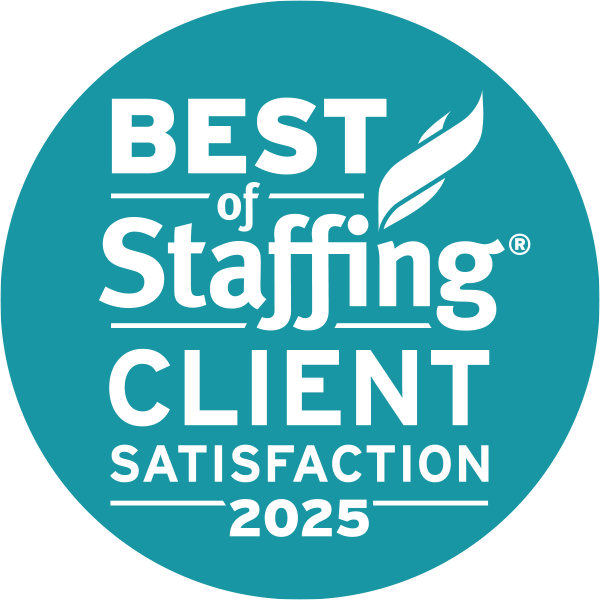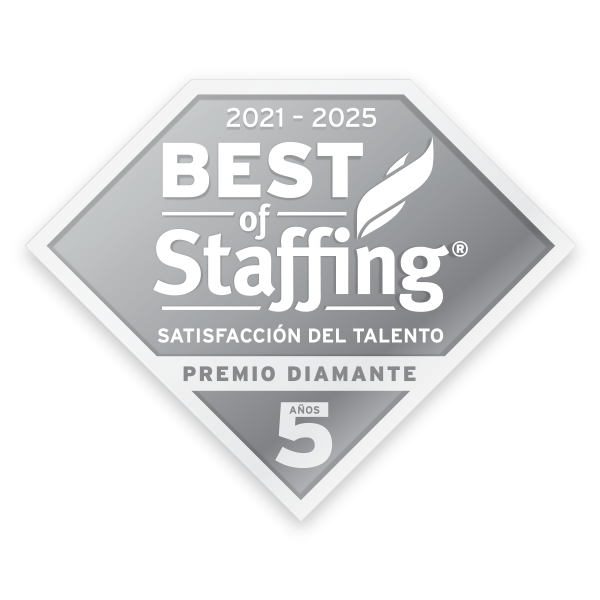
The race to AI fluency has begun, and staying ahead means acting fast. Almost overnight, AI adoption seems to have become every organization’s newfound directive. Yet, only 1% of leaders believe their companies have fully implemented the rapidly advancing technology.
From creative teams to digital product departments, the challenges are the same. Some say they don’t know which tools to use. Others don’t know how to use them. Most don’t know where to begin. A handful are ahead of the pack in their experimentation. But few have moved from experimenting with AI to successfully integrating it into their workflows.
Their secret: They recognize AI adoption isn’t their true goal; it’s simply the means to an end. AI didn’t become the focal point of the world’s conversation just because it’s new and exciting. It’s a way to fix workflow challenges, drive productivity, scale production, and take performance to new heights. No matter your objectives, AI can help you achieve them. This is how you adopt it.
1. Assess Needs and Opportunities
Start by identifying the biggest challenges in your workflows. Ask yourself: Where are the bottlenecks? What repetitive, time-consuming tasks can you automate? Which areas of your work have the greatest need for AI-powered change?
No discipline is immune to AI’s disruption. And the technology’s rapid advancement is turning every manager, executive and leader into an innovation leader. That might be something you can own; it might not be. Not everyone has the capacity to assess AI needs or drive technological transformation, and that’s okay.
Seek help if you need help. Turn to the few proven professionals already using AI to achieve goals like yours. Advisors and providers may even offer a free consultation to help you get started. Whether you bring in a consultant for an audit or keep the initial needs assessment in-house, it’s the first step on your journey to AI adoption.
2. Start with Small Use Cases
Decide where you want to bring AI into your workflow, and test your decision to validate it. Do you need strategic guidance, mockup assistance, tactical execution support or something else entirely? Nearly every team can leverage AI at all project stages. But different teams have different needs, and not every use case is equal.
As you evaluate and experiment, don’t bite off more than you can chew. Begin with pilot projects and manageable discovery sprints. Then, demonstrate early wins. Examples include automating remedial tasks, elevating ideation processes, or optimizing workflows for content creation. The potential is infinite.
Select projects that showcase the value of AI while minimizing risk. Document results, lessons learned, and feedback throughout. Then, use these early successes to build confidence and gain internal buy-in. Lay the foundation for broader integration.
3. Build Your Roadmap for Success
Remember: leadership buy-in is not the same as strategic direction. While everyone’s talking about AI and most people are using AI tools, few teams have a true strategy in place. Instead of ad hoc adoption, build an AI roadmap to guide your AI journey.
For the uninitiated, an AI roadmap is a phased plan that guides your organization’s implementation. It helps you set priorities, put your ideas into action, and ensure you’re working toward strategic business objectives. The first step to building yours is figuring out what you’re trying to achieve with AI.
Set SMART goals. Define measurable KPIs. Assign ownership. Then, identify solutions, tools, and partners. And build your roadmap based on your proven experimentation, not intuition alone. That’s how leading organizations mature with intention.
4. Keep AI-Skilled Talent in the Loop
AI is not a replacement; it’s an accelerant. In the short time since the rise of AI, you’ve probably heard it a million times before, but it cannot be said enough: Success demands a combination of the right human talent and AI tools. And it’s not just about adding a human touch to your work.
Every tool is only as strong as its user, and people are essential for quality control. So, keep your humans in the loop every step of the way—from prompt engineering to output elevation. If your teams don’t have the skills they need to win in an AI world, it’s your responsibility to upskill them.
Empower your workforce by providing them with the training they need to use AI effectively. Offer workshops or courses tailored to specific roles. And bring in AI-skilled professionals to fill gaps, coach teams, and model best practices in real-time. More than AI tools, you need team members who understand how to integrate them into their daily work.
5. Formalize Company AI Policies
Whether or not your company has formally adopted AI, your teams are going to use it to keep up and step ahead. They already are. And without clear guidelines for use, they’re going to make mistakes. Over 1,000 sites have been called out for low-quality or false AI content, and search engines are penalizing them for it.
Establish clear guidelines to govern AI use within your organization. Address data privacy, IP concerns, and compliance needs. Define approval protocols and ownership of AI-generated outputs to avoid conflicts later. And clarify which tools are allowed, preferred, or prohibited.
Experimentation and implementation are essential, but so are clear boundaries. Create policies that both instill confidence in using AI and maintain ethical standards. Then, make sure your policies evolve as the tools and the risks change.
6. Collect Feedback, Monitor ROI & Optimize
Regularly gather input from your teams to understand what’s working and what isn’t. Track adoption metrics, collect usage patterns, and establish feedback loops. Then, compare performance metrics before and after AI implementation to measure ROI.
Optimization isn’t a one-time fix; it’s a continuous process. Use data to improve your roadmap, elevate your training, refine your use cases and expand AI’s role over time. Encourage ongoing dialogue and make room for iteration. What works today may look different six months from now. And that’s the point.
AI strategy is not something you set and forget. It’s built through cycles of testing, measuring, and iterating. Stay curious. Stay flexible. And stay responsive to what your teams actually need.
Final Thoughts
Realize it or not, every job is now an AI prompting job. Every smart team is now an AI-skilled team. And every forward-thinking business is now an AI-powered business.
The world has forever changed, and only those who adapt will thrive. The journey isn’t easy, but every stage is essential. Successful adoption begins with assessment, requires human intervention, and demands strategic direction.
So, take your first steps forward or your next steps ahead. Start small. And your wins will be big.
 Stop talking about AI. Start adopting it.
Stop talking about AI. Start adopting it.
Whether you’re looking to assess your workflows, upskill your teams, or execute AI-powered projects, Onward Search can support you through our flexible AI solutions.
Request an AI Consult
Request services or additional information. We’ll respond within 24 hours to support you.











